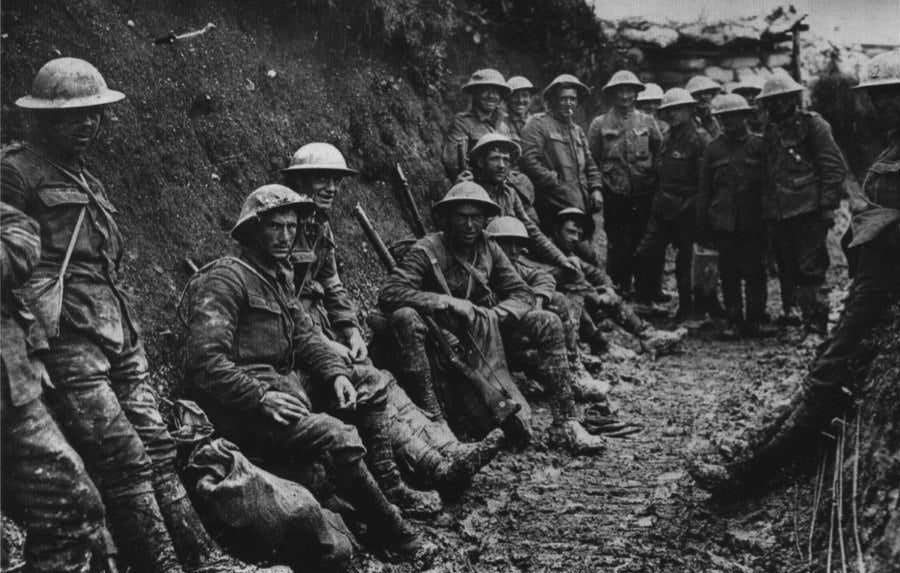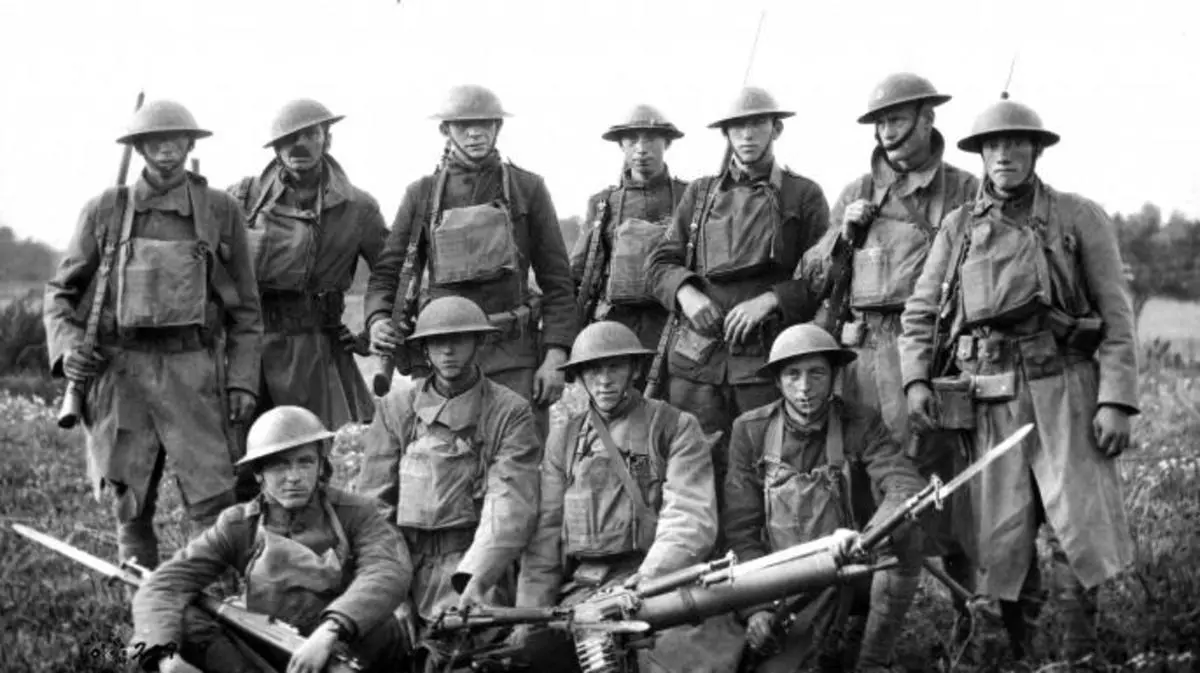

World War I, also known as the Great War, was a global conflict that lasted from 1914 to 1918. It was one of the deadliest and most significant wars in history, involving major powers from various continents. The war's origins can be traced back to complex alliances, imperial rivalries, and the assassination of Archduke Franz Ferdinand of Austria-Hungary. The war involved more than 30 countries and resulted in the loss of millions of lives on the battlefield and among civilians.
Several factors contributed to the outbreak of World War I. Nationalism was rampant across Europe, with countries seeking to assert their dominance and expand their territories. The complex system of alliances between major powers, including the Triple Entente (France, Russia, and the United Kingdom) and the Triple Alliance (Germany, Austria-Hungary, and Italy), further exacerbated tensions. Additionally, militarism and the arms race were significant factors that fueled the war. The desire for colonial territories and economic rivalries among European powers also played a role in escalating the conflict.
The assassination of Archduke Franz Ferdinand in Sarajevo, Bosnia, on June 28, 1914, served as the trigger for the war. Austria-Hungary issued an ultimatum to Serbia, and when the demands were not fully met, Austria-Hungary declared war on Serbia on July 28, 1914. This act of aggression triggered a cascade of alliances and counter-alliances, leading to a widespread and devastating conflict that engulfed much of the world.
World War I witnessed a series of significant battles and events that shaped the course of the conflict. The Battle of the Marne (September 1914) halted the German advance towards Paris and marked a turning point in the war. The Battle of Verdun (1916) and the Battle of the Somme (1916) resulted in immense casualties on both sides, making them among the bloodiest battles in history. The use of new technologies such as tanks, machine guns, and poison gas introduced a new level of warfare, contributing to the staggering loss of life and destruction.
The sinking of the RMS Lusitania by a German submarine in 1915 led to the loss of nearly 1,200 lives, including 128 Americans. This event fueled anti-German sentiment in the United States and ultimately played a role in the U.S. decision to enter the war in 1917. The entry of the United States, along with other factors, tipped the balance in favor of the Allies, leading to the eventual defeat of the Central Powers in 1918.
The war finally came to an end on November 11, 1918, with the signing of the Armistice of Compiegne. The Treaty of Versailles, signed in 1919, imposed heavy reparations on Germany and laid the groundwork for future conflicts. The war's aftermath saw the collapse of empires, including the Austro-Hungarian, Ottoman, and Russian Empires, leading to significant geopolitical changes in Europe and the Middle East.
World War I had a profound impact on the world. It reshaped political boundaries, redrew maps, and left a legacy of social and economic upheaval. The war's human toll was devastating, with over 8 million soldiers and millions of civilians losing their lives. The experiences of the war led to changes in society, including advancements in medicine, technology, and the role of women in the workforce. Moreover, the harsh terms of the Treaty of Versailles contributed to Germany's economic instability, paving the way for the rise of extremist ideologies and the eventual outbreak of World War II.
In conclusion, World War I was a cataclysmic event that left a lasting impact on the world. Its causes were complex and interconnected, involving a combination of nationalism, militarism, imperialism, and political alliances. The war's devastating consequences highlight the importance of diplomacy and cooperation in preventing future conflicts. World War I serves as a stark reminder of the human cost of war and the need for global efforts to maintain peace and security.

